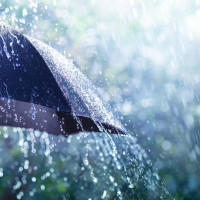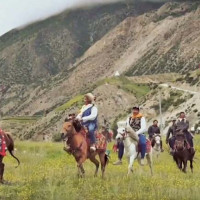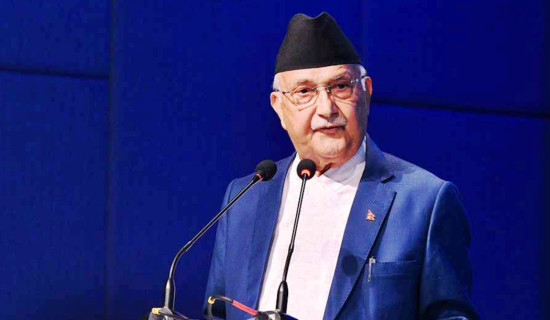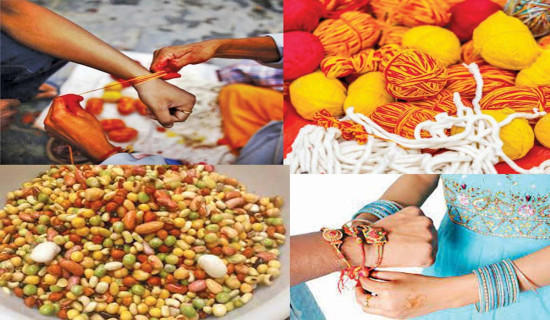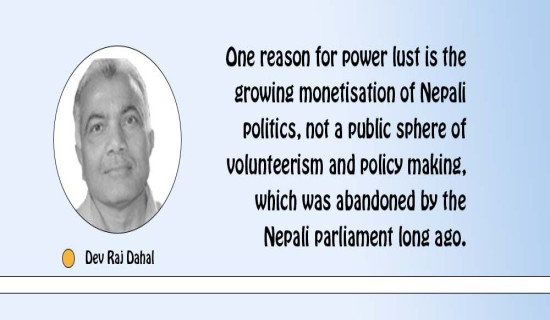- Saturday, 9 August 2025
Number of pilgrims visiting Damodar Kunda on rise
By Hari Krishna Sharma
Muktinath (Mustang), Aug. 9: The number of Nepali pilgrims visiting the sacred Damodar Kunda in Ward No. 4 of Lo-Ghekar Damodarkunda Rural Municipality in Upper Mustang has, of late, swollen.
The site, located at an altitude of 4,890 metres, is important to both Hindus and Buddhists. Groups of Nepali devotees regularly visit Damodar Kunda as part of religious journeys, either on foot or horseback, said Ward Chairperson Jhyang Chhessa Gurung.
“Nowadays, most visitors come in groups and include many young people,” Gurung said, adding that the local community helps in rescuing those who fall ill during the trip.
Because Damodar Kunda lies in a semi-restricted area, foreigners, including Indian and third-country nationals, must pay US$ 500 for a 10-day permit. This is one reason most of the visitors are Nepalis, Tasi Gurung, Chairperson of the Damodar Kunda Management Committee, said.
Although no official record of domestic tourists is kept, it is estimated that around 10,000 pilgrims visited this sacred site in the last fiscal year 2024/25.
Bishnu Prasad Bhushal, Chief District Officer of Mustang, who recently visited Damodar Kunda, has coordinated with relevant agencies to provide mobile health check-up camps along the pilgrimage route and at rest stops during the religious season.
“One of the biggest problems here is altitude sickness. We must set up proper infrastructure and medical equipment to support the pilgrims,” he said. He added that elderly and chronically ill people are especially vulnerable and if health checks could be done in Charang -- the centre of the rural municipality -- before ascending further, it could help reduce the number of altitude-related deaths.
Judge Prakash Prasad Pandit of Myagdi District Court, who recently completed the journey, also stressed the need for medical services to treat altitude sickness promptly.
Even in the month of July/August, pilgrims travel to Damodar Kunda daily. After Nepalis, Indian pilgrims make up the second-largest group of visitors, according to the committee.
To ensure the safety of travellers, Surkhang Police Post regularly patrols the trail and rest areas, said Police Inspector Bishal Adhikari of the Mustang District Police Office.
“Last year, two pilgrims lost their lives. We now advise those with serious health problems not to continue the journey,” he said. Police units in Jomsom, Bagbeni and Chhusang also share awareness messages about altitude sickness with pilgrims.
Travellers can reach Charang via the Kali Gandaki Corridor’s Jomsom-Korala road. From there, they travel two more hours by vehicle to Yara village. Although a rough road exists beyond Yara up to Jhuma Thati, most pilgrims begin their horseback journey from Yara. It takes about five hours on horseback or on foot to reach Damodar Kunda.
Due to poor road access, limited communication and basic accommodation, the journey is quite difficult.
However, the local government has built rest houses and managed drinking water facilities. Free meals are also provided during the main pilgrimage months of June to August.
The road network currently reaches Ghimi Thati, from where pilgrims continue on horseback or on foot to the Kunda. A horse ride to the site costs about Rs. 10,000 per person and locals of Yara village earn a good income by providing these services.
The rest houses operated by the rural municipality and the Damodar Kunda Committee can host up to 100 people and offers free food and accommodation.
Damodar Kunda is believed to be the source of the Kali Gandaki River and holds great religious value.
According to priest Krishna Prasad Subedi of the famous Muktinath Temple, there is a belief that the sons of Kubera bathed in Damodar Kunda to wash away their sins. Pilgrims also collect holy water and Shaligram Shila (sacred stones found only in the Kali Gandaki River) and take home.

.jpg)
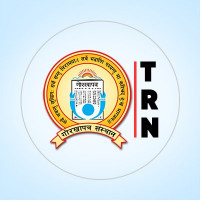
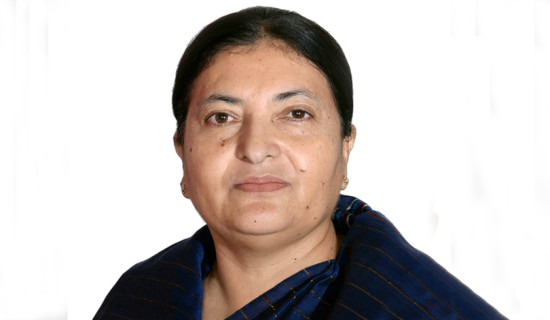
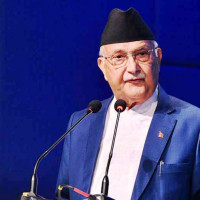
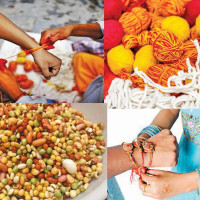
-original-thumb.jpg)
